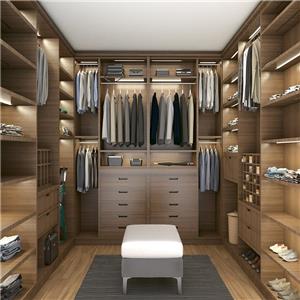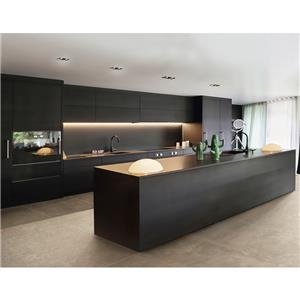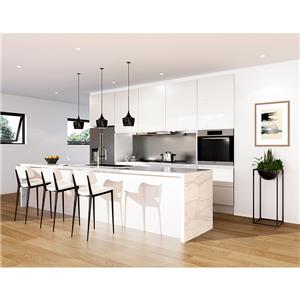Mastering Ledger Boards for Cabinet Installations: A Comprehensive Guide
Introduction
1. The significance of ledger boards in cabinet installation
Ledger boards play a pivotal role in cabinet installation, especially when mounting upper cabinets. They act as a continuous support rail, screwed securely into wall studs, providing a solid foundation for cabinets to rest upon. This approach ensures cabinets are aligned and level across long runs, distributing weight evenly and minimizing the need for individual stud alignment behind each cabinet.
By installing a ledger board, you streamline the process, allowing for quicker and more accurate installation. It also offers additional safety during installation, preventing cabinets from tilting or slipping before being permanently secured. Overall, ledger boards enhance stability and precision, contributing to a professional and lasting cabinet setup.

2. Overview of how ledger boards support and align cabinetry
A ledger board, fastened securely to wall studs, serves as a strong, level base for upper cabinets. It evenly distributes weight, aligns cabinets, and facilitates installation by eliminating the need for constant stud-finding. This results in a sturdy, accurately aligned cabinet row, enhancing installation efficiency and structural integrity.
3. Importance of proper ledger board installation for safety and aesthetics
Proper ledger board installation is crucial for safety, ensuring cabinets are securely anchored and preventing them from coming loose, which could cause injuries. Aesthetically, it enables level and uniform cabinet alignment, contributing to a poished, professional look in the kitchen or any room. It's a foundational step for both secure and visually appealing cabinetry.
Section 1: Understanding Ledger Boards
- Definition and purpose of ledger boards in cabinet mounting
Ledger boards are horizontal support structures, typically made of wood, installed along walls prior to cabinet mounting. Their primary purpose is to provide a solid, level base for attaching upper cabinets, evenly distributing weight, ensuring alignment, and facilitating installation by attaching to wall studs, thus enhancing overall stability and safety during the cabinet fitting process.
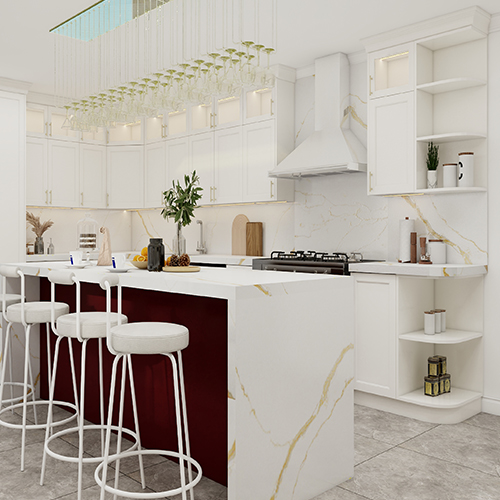
- Comparison to other mounting methods and why ledgers are often preferred
Compared to direct-to-stud or standalone cabinet mounting, ledger boards offer several advantages. While direct-to-stud requires precise stud alignment for each cabinet, ledgers distribute weight across multiple studs, simplifying installation and increasing stability. Standalone methods may lack continuous support, risking unevenness. Ledgers ensure a uniform, level installation, saving time, and promoting safety, making them the preferred choice for streamlined, secure cabinet hanging projects.
- Types of ledger boards based on material (wood, metal) and application
Ledger boards come in various types tailored to different materials and applications. Wood ledgers, commonly pine or plywood, suit standard residential installations due to their affordability and ease of cutting. Metal ledgers, like steel tracks, are stronger and more durable, ideal for heavy-duty commercial use or where moisture resistance is crucial. Both can be customized in size and shape to accommodate specific cabinet layouts and wall structures, ensuring tailored support for every installation.
- The role of ledger boards in load distribution and alignment
Ledger boards play a pivotal role in uniformly distributing the load of hanging cabinets across the wall, preventing concentration of weight at individual points. They act as a solid baseline, ensuring cabinets are hung at a consistent height and remain perfectly aligned, even over long spans. This results in a more robust and aesthetically pleasing cabinet installation, free from sagging or misalignment over time.
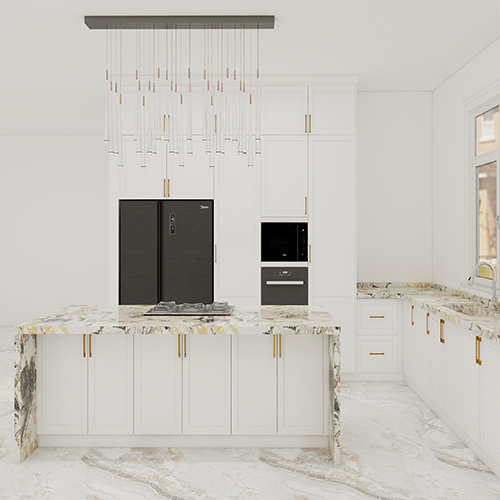
Section 2: Planning Your Ledger Board Installation
- The role of ledger boards in load distribution and alignment
Ledger boards serve as a structural backbone for cabinet installations. They evenly disperse cabinet weight across wall studs, preventing stress points and potential wall damage. By establishing a horizontal baseline to ensure precise vertical alignment of each cabinet, ensuring a uniform appearance and enhancing overall support, crucial for the longevity and safety of the cabinet setup.
- Choosing the right ledger board size and material
Selecting the appropriate ledger board involves considering the cabinet load, wall type, and aesthetic preferences. Material choice ranges from traditional wood, suitable for standard loads and easy to work with, to metal for heavy-duty applications requiring extra strength. The size should match the cabinet depth for flush mounting, while thickness should correlate with the weight-bearing requirements, ensuring a strong, stable base that complements the cabinet design.
- Locating wall studs and determining ledger board placement
Locating wall studs is vital for ledger board installation. Use an electronic stud finder to detect studs behind the wall surface, marking their centers. Determine the optimal ledger board height based on cabinet dimensions and desired placement, ensuring it aligns with multiple studs for maximum support. Mark the ledger's position along the wall, using a level to guarantee a straight, secure attachment line.
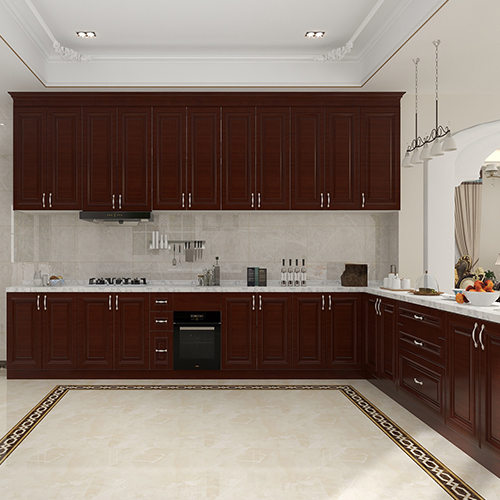
- Marking and leveling the ledger board position on the wall
Begin by transferring the cabinet height measurement onto the wall, marking a level line as a guide for the ledger board's top edge. Use a long level to ensure this line is perfectly horizontal. Measure and mark the stud locations along the line. Then, with the help of a straight edge, extend vertical lines at each stud mark to outline the ledger's position, ensuring it's square and true, ready for secure attachment to the wall.
Section 3: Installing the Ledger Board: Step-by-Step Guide
- Preparing the wall surface
Before installing the ledger board, clean the wall surface to remove dirt, debris, and loose paint. If necessary, repair any wall damage to ensure a flat, solid surface. Cover any nearby surfaces to protect from dust and scratches during installation. This preparation step is crucial for a secure bond and a clean, professional finish.
- Cutting the ledger board to size
Measure the distance between the end studs or the predetermined length for the ledger board placement. Using a circular saw or handsaw, cut the ledger board to the exact measured length, ensuring a straight, clean cut. Sand any rough edges for a smooth finish. Accurate cutting is essential for a proper fit and secure attachment to the wall studs.
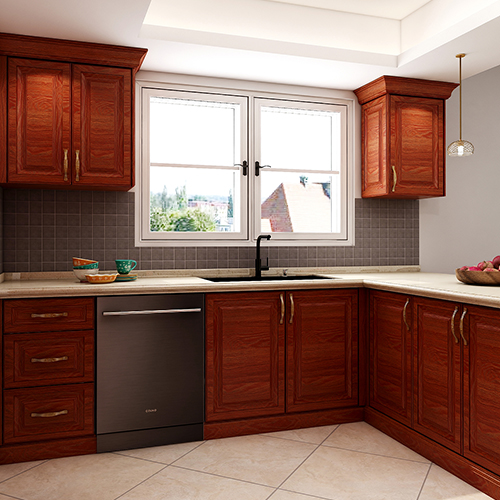
Section 4: Integrating Ledger Boards with Cabinet Design
- Adjusting cabinet plans to accommodate ledger boards
When incorporating ledger boards, revise cabinet plans to account for their thickness and placement. Ensure cabinet hanging rails or brackets align with the ledger, factoring in any necessary spacers or adjustments for a flush fit. This may involve modifying cabinet heights or depths slightly to maintain the intended design aesthetic and functionality.
- Utilizing ledger boards for creative design solutions
Ledger boards enable creative design possibilities by offering flexibility in cabinet placement and arrangement. They support open-shelf concepts, floating cabinets, and unique layouts, unbound by traditional stud locations. Designers can explore asymmetrical arrangements, varied cabinet depths, or incorporate open spaces, all while maintaining structural integrity and a polished look.
- Integration with floating cabinet designs and open shelving concepts
Ledger boards are integral to floating cabinet and open shelving designs, providing invisible support that creates a sleek, minimalist aesthetic. They allow for precise leveling and secure attachment, enabling the illusion of weightlessness while ensuring stability. Whether supporting single floating shelves or entire cabinet systems, ledger boards adapt to modern design trends, enhancing spatial perception and visual appeal.
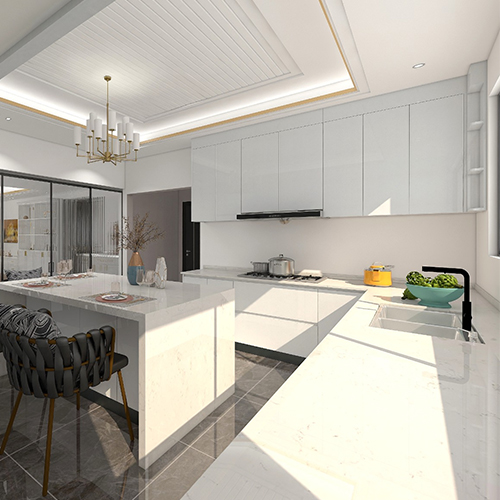
Section 5: Troubleshooting and Common Mistakes
- Addressing common installation issues
Common ledger board installation issues include uneven walls, off-center studs, and alignment discrepancies. Solutions involve using shims to level the board on uneven surfaces, adjusting ledger placement to span multiple studs for added support, and meticulously checking alignment with a level at multiple points during installation. Proper planning, measurement, and the use of adjustable hardware can mitigate these challenges, ensuring a professional finish.
- Correcting mistakes during and after installation
Mistakes during ledger board installation can be corrected by carefully re-leveling and adjusting the board before fully securing it, using shims where necessary. If errors are noticed post-installation, such as uneven cabinets, carefully remove the cabinets, correct the ledger’s position, and reinstall. Fill and touch up any visible holes or blemishes for a seamless finish. Always double-check measurements and alignment to prevent avoidable errors.
- Preventative measures to avoid future problems
To prevent future problems, thoroughly inspect and prep walls before installation, addressing any underlying structural issues. Use high-quality materials and hardware, ensuring ledger boards are adequately supported by wall studs. Regularly check and maintain cabinet attachments, promptly addressing any signs of wear or looseness. Employ proper weight distribution strategies, avoiding overloading cabinets, to promote long-term stability and safety.
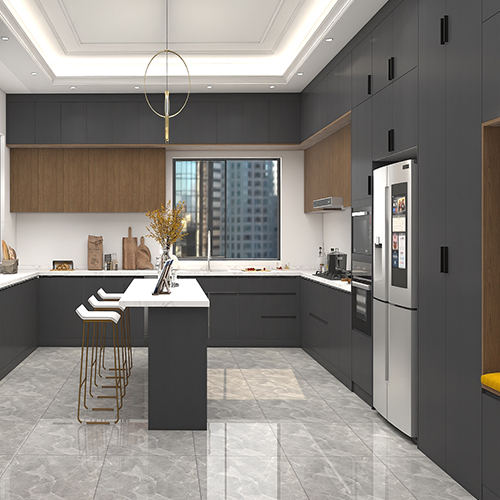
Section 6: Advanced Techniques and Custom Applications
- Installing ledger boards on challenging surfaces (brick, concrete)
Installing ledger boards on challenging surfaces like brick or concrete requires specialized hardware. Use masonry screws and drills with masonry bits to anchor ledger boards securely. Mark and drill pilot holes into the surface, ensuring they align with the ledger board screw locations. Apply construction adhesive for added stability. Careful measurement, leveling, and adherence to anchor specifications are crucial to ensure a strong and level installation.
- Incorporating ledger boards in complex layouts (angled walls, high ceiling installations)
Incorporating ledger boards in complex layouts necessitates custom cuts and creative solutions. For angled walls, measure and cut the ledger board to match the angle precisely, using an angle finder tool. For high ceiling installations, use a sturdy ladder or scaffolding, ensuring safety precautions. Consider additional bracing or support beams for added stability in challenging configurations. Always prioritize structural integrity and consult professional guidance when necessary.
- ledger board alternatives for specific design or structural requirements
Alternatives to ledger boards cater to specific design preferences and structural needs. Floating shelf brackets offer invisible support for open shelving designs. Steel tracks with adjustable brackets provide flexible, heavy-duty solutions for demanding installations. For lighter cabinets, specialized toggle bolts or heavy-duty drywall anchors can be used directly into walls. Each alternative must be selected based on load-bearing requirements, wall type, and the desired aesthetic outcome.
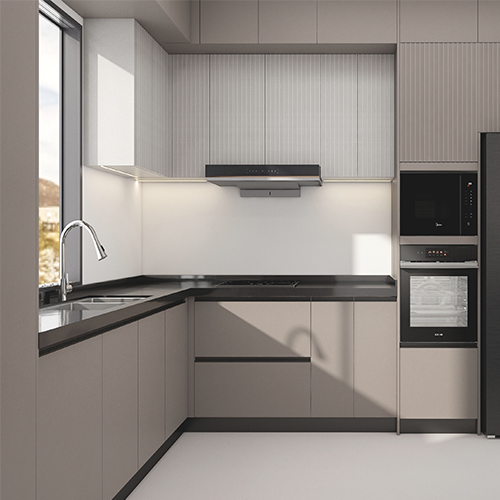
Section 7: Advanced Techniques and Custom Applications
- Essential safety measures during installation
Essential safety measures during ledger board installation include wearing protective gear like goggles, gloves, and a dust mask. Ensure ladders or scaffolding are stable and used correctly. Avoid overloading power tools and follow manufacturer instructions. Keep work areas clear of tripping hazards and use caution when handling heavy materials. Turn off electricity supply if drilling near electrical wires. Always prioritize safety to prevent accidents and injuries.
- Regular checks for ledger board integrity and cabinet stability
Perform regular checks on ledger boards and cabinet stability to prevent long-term issues. Inspect for signs of warping, loosening screws, or damage. Test cabinet stability by gently pushing on them to ensure they're securely attached. After significant events like earthquakes or heavy usage, conduct a thorough inspection. Address any issues promptly to maintain safety and prolong the life of your cabinet installation.
- Tips for maintaining ledger boards and surrounding areas
To maintain ledger boards and surrounding areas, keep them clean from dust and moisture. Regularly check for signs of water damage or mold, especially in humid environments. Avoid harsh chemicals when cleaning to prevent surface damage. Lubricate moving parts if applicable. Promptly repair any damage to the ledger or cabinets to prevent escalation. By doing so, you'll preserve the integrity and appearance of your cabinet installation for years to come.
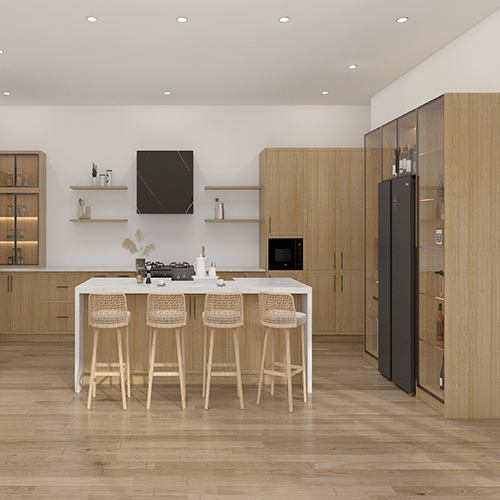
Conclusion:
- Ledger boards are fundamental in cabinet installation, ensuring cabinets hang securely and uniformly. They distribute weight evenly, facilitating alignment and simplifying the installation process. By attaching to wall studs, ledger boards enhance stability, prevent cabinet sagging, and promote a polished, professional look in kitchen and other interior designs.
- Successful cabinet installation relies on careful planning, precise execution and strict safety measures. From preliminary wall preparation and choosing the right ledger board to precise marking and leveling, every step needs to be meticulous. Use appropriate tools, comply with safe operating procedures, and wear protective equipment to ensure that the installation process is free of hidden dangers. Ultimately, through careful planning and precise operation, combined with strict safety standards, a cabinet layout that is both stable and beautiful is achieved.
- DIY enthusiasts, with adequate preparation and in-depth understanding, can confidently face the challenges of cabinet installation. From learning each step to practicing safety, every bit of preparation is key to success. While the task may seem daunting, with step-by-step implementation, you will see your vision turn into reality. Be patient, pay attention to details, and put safety first, and you will be able to create a home space that is both functional and beautiful, with a great sense of accomplishment.
- Well-installed cabinets, securely anchored by ledger boards, have a transformative power, elevating the functionality and aesthetics of any space. They not only organize but also infuse a sense of elegance and craftsmanship into your home. With careful planning and execution, these installations stand as testament to the perfect blend of form and function, enhancing daily living and reflecting your personal style.
FAQ:
1. What is a ledger board for cabinets?
A ledger board for cabinets is a horizontal support structure, usually made of wood or metal, attached to the wall studs. It serves as a mounting base for upper cabinets, ensuring they hang level, evenly distributing weight, and facilitating installation by providing continuous support along the cabinet run. This results in a secure and professionally finished cabinet arrangement.
2. What size for ledger board for upper kitchen cabinet?
The standard size for a ledger board to support upper kitchen cabinets is typically 1x4 or 1x6 inches in dimension, matching the cabinet depth for a flush mount. The actual size chosen depends on the cabinet's thickness and personal preference for additional support or design considerations. It should be thick enough to securely attach to wall studs and handle the cabinet load.
3. What size is a ledger board for kitchen cabinets?
A ledger board for kitchen cabinets is commonly a 1x4 or 1x6 inch board in terms of width and thickness. This size accommodates most standard cabinet depths, providing ample support while remaining inconspicuous. The length will vary based on the span of your cabinet run and should be cut to fit snugly against the wall studs for secure mounting.


